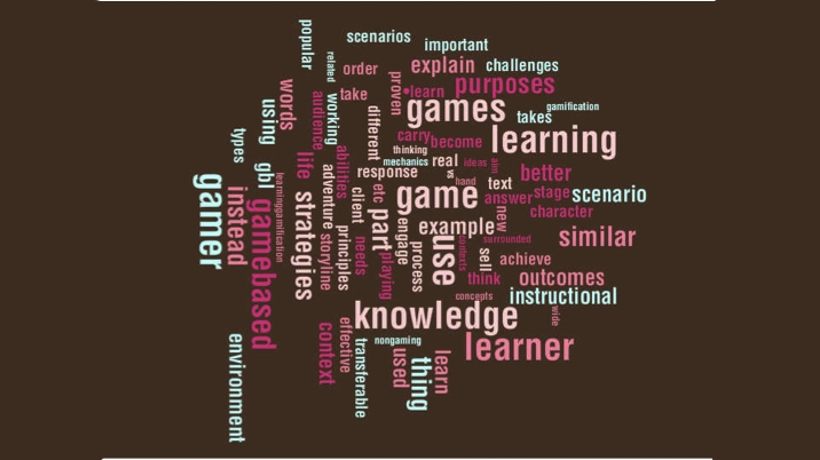Don't Try To Design A Game Without Reading This
Designing games may seem easy, but they are complex systems. Understanding why and how different elements of game design work together with your content will take your designs to the next level and help you go beyond surface level mechanics such as points, badges, and leaderboards.
1. Pacing
Pacing is the breaking up of information into small bite-sized chunks that are easy for our memories to digest and cope with. Once we have dealt with one chunk we can move onto the next. It’s based on the constructive learning principle of scaffolding. To give you a practical example of this happening in everyday life, think about how you remember a phone number. It’s usually in three or four digit chunks right? Each "chunk" triggers the memory of the next digits in the sequence and so on. The association between the chunks strengthens over time, the more we use the number.
The player’s cognitive load throughout the experience is an essential consideration in design. This is especially important at the beginning, during their first few interactions with the game, as the initial onboarding of information can prove to be too much for some players, especially if the concept being taught is abstract or complicated. In order to prevent cognitive overload, new interactions are gradually introduced and in meaningful "chunks"—allowing the player to progress once those chunks are mastered.
2. Novelty, Challenge And Dramatic Tension
OK, so this is really three points in one, but they are all part of the balance in how to create engagement. In our busy and distracted lives, it is important to be orientated in our attention, and novelty can achieve this. When we experience novel situations, neuromodulators are released which can focus attention, increase engagement, and boost learning.
Games may seem like child's play but they are often challenging experiences, where the engagement and enjoyment is found in overcoming a challenge. The important factor to consider in a challenge is the dramatic tension between the task and the learner's ability to achieve the goal. But it is important to create a situation where sometimes the player succeeds; sometimes they fail and have to try again.
3. Exploration, Freedom And Choice
Choice has been seen to be an incredibly powerful motivator in Learning and Development (L&D); choice in terms of how to handle a particular challenge, as an active participant, with control over one’s own learning and not being told "how"—you’re making your own conscious choice. Choices must be meaningful to create a "suspension of disbelief" to get you to "buy into" the world you are entering.
Choice and our own ability to feel in control is impacted by our personal locus of control (LOC). With a high LOC (i.e., a feeling of control, a feeling that the power of change lies within you) you are more likely to attribute both success and failure to your own skill level. The game should attempt to build a high LOC as much as possible. Most choices revolve around how we tackle problems, from basic narrative role plays (choosing how to interact with characters) through upgrades and quests to take on.
4. Stories
Stories are immensely popular because they offer a player more control of the storyline, of what happens to them. They begin to feel as if they are telling their own story. Game designers are experts in making you feel as though you have control of your actions: when you time the leap off the ledge, which bad guy you shoot first, etc. But narrative-based games give us control on an emotional level and that is why they are so compelling. This is what we need to see more of in Learning and Development.
Stories should be a part of any Instructional Designers tool kit, they are a powerful technique to help learners explore and understand concepts. But stories are an underused component of L&D. Here we can explore what we can learn from serious games and how to weave stories into your designs.
5. Feedback
A key element of games based learning is player feedback and how feedback options are incorporated to add to the player’s experience. By using certain techniques with visuals and sound, we can make the experience more pleasurable for players, which in turn increases their attachment to and retention of the game, and over time learning that can be recalled when required in the real-world working environment.









